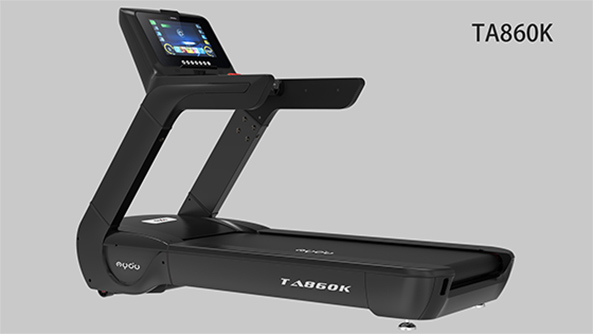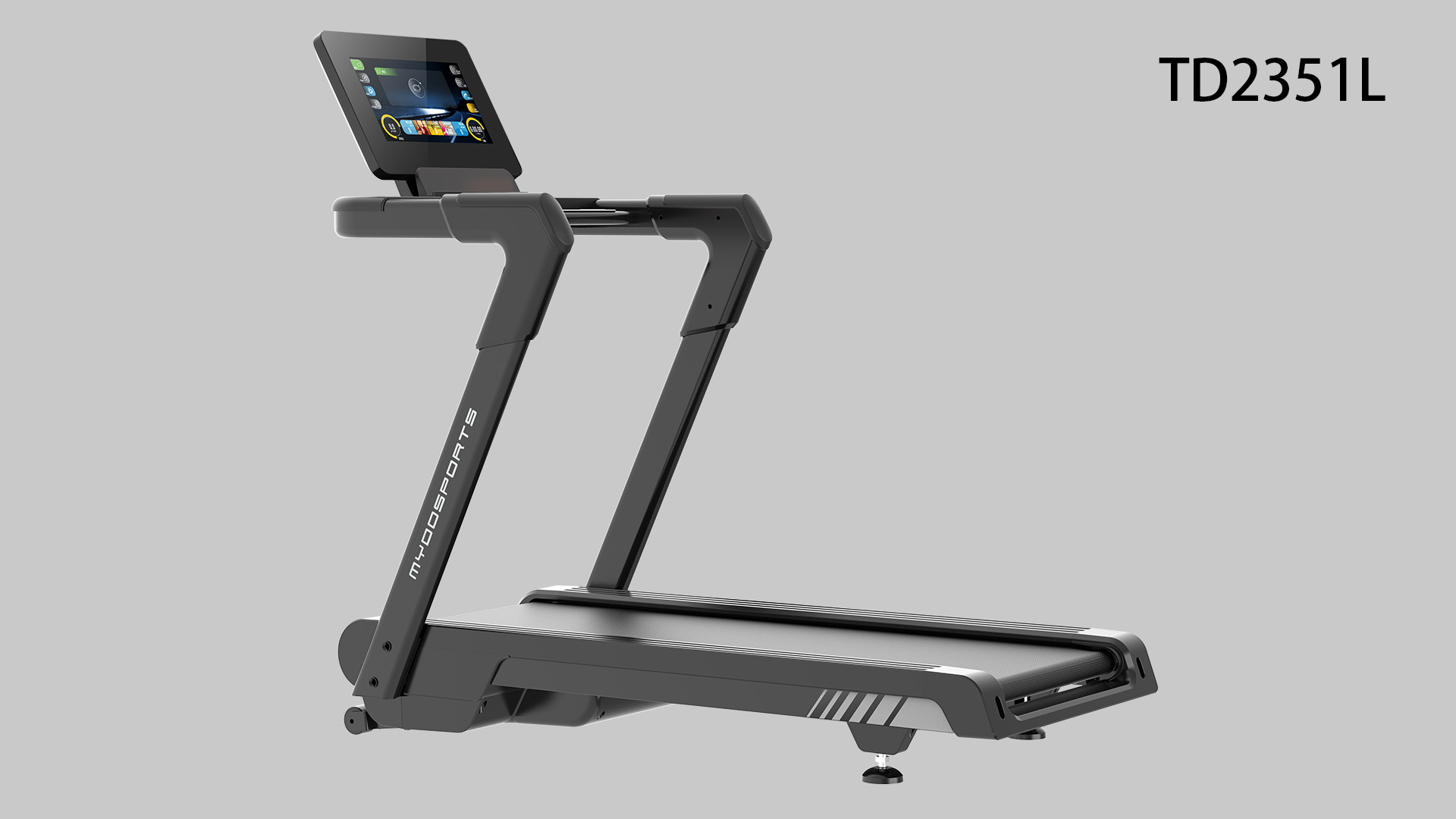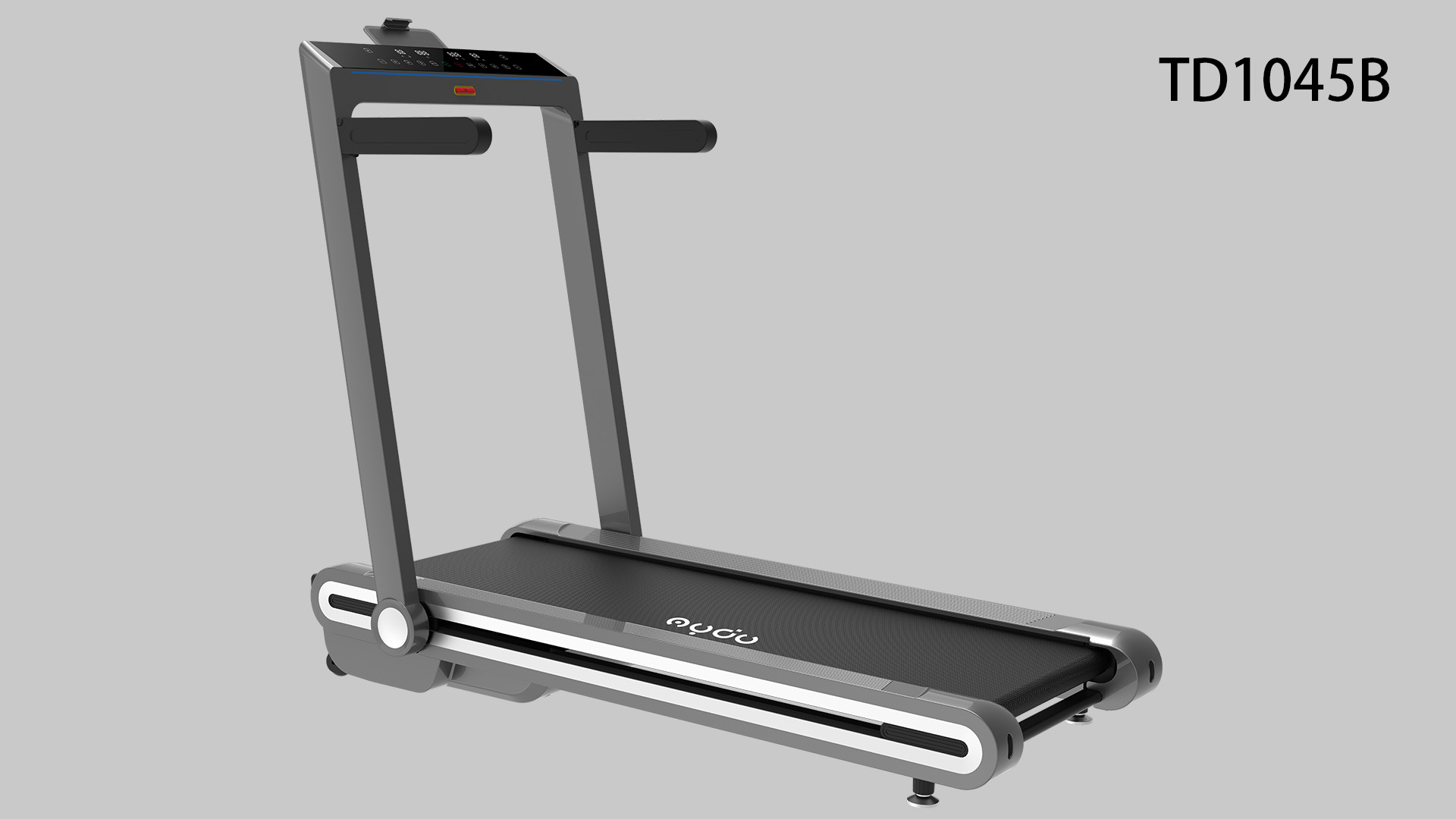Correct Ways to Use a Treadmill for Safer and More Effective Workouts

Treadmill Inspection
Before using a treadmill, carefully examine the running belt to ensure it is flat, neither too loose (which may cause slipping) nor too tight (increasing the motor load). Check the emergency stop button to confirm its proper function, guaranteeing that you can halt the treadmill immediately in case of an emergency. Additionally, verify the functionality of the display screen and control buttons to ensure accurate recording of workout data and smooth operation.

Appropriate Gear Selection
Wearing suitable athletic shoes is crucial when using a treadmill. Running subjects the feet to significant impact forces, and professional running shoes with excellent shock absorption, anti-slip, and support features can effectively reduce the stress on joints like the knees and ankles. Avoid wearing casual shoes or leather shoes that are unsuitable for exercise. Moreover, opt for sportswear made of breathable, sweat-wicking materials such as quick-dry fabrics. This keeps your body dry and comfortable during workouts, minimizing discomfort caused by friction or excessive sweating.

Essential Warm-up Exercises
Conduct 5 - 10 minutes of warm-up exercises before starting your run on the treadmill. Warm-ups increase body temperature, activate muscles, and reduce the risk of injuries. Simple warm-up routines include slow walking, high knees, jumping jacks, and side lunges, which help loosen up all major joints and prepare your body for exercise.

Proper Running Posture
Stand in the middle of the treadmill's running belt. Keep your body upright, engage your core slightly, keep your chest lifted, and look straight ahead instead of staring at the running belt or the screen. Swing your arms naturally with elbows bent at about 90 degrees, maintaining a moderate front-and-back swing amplitude to propel your body forward. Take steady steps, landing first on the balls of your feet and then rolling through to your heels. Avoid landing flat-footed or on your heels first to minimize joint impact. During the run, refrain from swaying your body excessively from side to side or leaning too far forward or backward, and maintain a stable center of gravity.

Rational Parameter Setting
Adjust the speed and incline of the treadmill according to your physical condition and fitness goals. For beginners, start at a low speed, around 4 - 6 kilometers per hour, and gradually increase the speed once you get used to the treadmill's rhythm. Begin with an incline of 0 and as your physical strength improves, moderately increase the incline to simulate hill training and enhance the intensity of your workout. However, keep the incline within 10% at most. Also, pay attention to the duration and intensity of your workout to avoid overexertion. Aim for 30 - 60 minutes of running per session and gradually increase the amount of exercise based on your individual capacity.

Safety Considerations
During running, hold the treadmill's handrails lightly, but don't rely on them too much, as excessive reliance may affect your normal running posture and the effectiveness of your workout. If you need to adjust parameters like speed or incline, slow down the treadmill first and make the adjustments only when your body has adapted. If you experience discomfort such as dizziness, chest tightness, or rapid breathing during the run, press the emergency stop button immediately, stop exercising, and take appropriate rest or seek medical advice. Additionally, avoid performing dangerous maneuvers like jumping or running backward on the treadmill. Children and the elderly should be supervised by an adult when using a treadmill.
